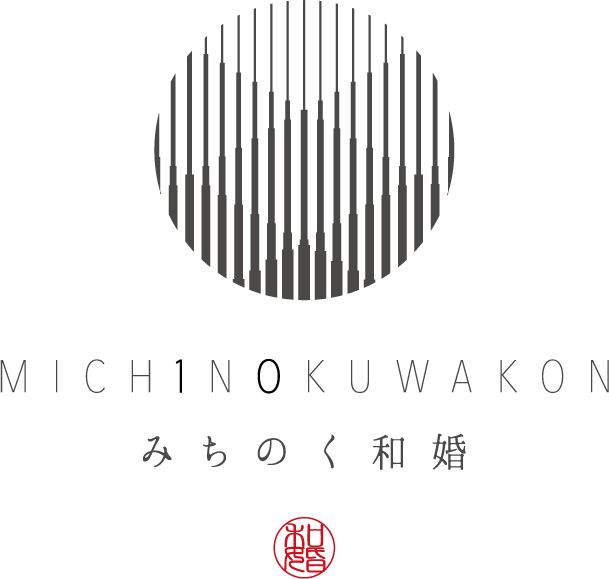Dewa Sanzan Shrine Wedding Ceremony in Japanese Dress
Dewa Sanzan Shrine Japanese wedding ceremony is a popular Shinto wedding ceremony that can be held at the sacred site of a sacred mountain.
Dewa Sanzan Shrine
Japanese wedding ceremony
Why not hold a solemn Shinto ceremony at the Dewa Sanzan Shrine in Tsuruoka City, Yamagata Prefecture?
A kimono wedding at a shrine dedicated to the three deities of Mt. Haguro, Mt. Gassan, and Mt. Yudono is a traditional and prestigious Japanese wedding ceremony.
A traditional Japanese wedding ceremony with traditional white kimono or colored wedding gowns.
Japanese-style wedding ceremonies at Dewa Sanzan Shrine, where the seasonal beauty of cherry blossoms in spring, fresh greenery in summer, autumn leaves in fall, and snowy landscapes in winter are all photo-worthy.
Michinoku Wakon produces Japanese wedding ceremonies at the Dewa Sanzan Shrine. We will create a special day just for you and your partner at this sacred place of the ancient Japanese mountain asceticism.
Dewa Sanzan Shrine Japanese Wedding
Cost and Application
Sacred rituals performed at the sacred site of the Mt.

The Shinto ceremony at Dewa Sanzan Shrine is a unique and special ceremony that takes place in the solemn atmosphere of this historic shrine that enshrines the deities of the three mountains of Haguro, Gassan, and Yudono. Dewa Sanzan is the collective name for Mt. Haguro, Mt. Gassan, and Mt. Yudono, and until the Meiji era (1868-1912) was a mountain of Shugendo (mountain asceticism) that enshrined Gongen, a deity in Buddhist syncretism. Since the Meiji era (1868-1912), they have become sacred mountains, with Mt. Haguro worshipping Inakuranomikoto, Mt. Tsukihikomikoto, and Mt.
At Michinoku Wakon, a formal Shinto ceremony at the Dewa Sanzan Shrine and a wedding ceremony in kimono in Yonezawa, a castle town with beautiful grounds and rich history and culture, will be a lifetime memory deeply etched in the memories of the couple and their attendees.
Flow of events leading up to the wedding
-
Select a shrine or temple and make a reservation or application
Please select the shrine or temple where you wish to hold your wedding ceremony and make a direct reservation. Kindly submit the wedding application form to the shrine or temple. Depending on the shrine or temple, a personal consultation may be required, so please be sure to confirm the details in advance.
-
Apply to us
Please read the terms and conditions enclosed in the materials we send you. If you agree to the terms and conditions, please fill out and sign the formal application form and return it to us ( Sorachine Harmony Co., Ltd.). Please transfer the application fee of 100,000 yen to the designated account.
-
costume selection
Please visit our partner bridal shops to select your attire. Reservations through our company are required for viewing before finalizing your selection. Attire for your guests can also be chosen at partner shops near their residence.
-
Meeting, option selection, beauty rehearsal
We will proceed with the wedding meeting by e-mail or phone. We will also suggest various options such as the bride's bridal gown and wig, photography (photos and movies), and post-wedding dinner, according to the couple's wishes. We can also arrange for a wig fitting along with costume selection at our affiliated costume stores nationwide. Beauty rehearsals can be held the day before the wedding, so there is no need to come here just for the rehearsal.
-
Payment
Final items and billing amount will be finalized and an invoice will be issued 2 to 1 week prior to the wedding. Fees must be transferred to the designated account at least 2 days before the wedding (2 business days before the financial institution).
Dewa Sanzan Shrine|Flow of Ceremony
-
making a report (to a superior)
The priest leads the bride and groom into the ceremony hall.
-
purification rite (esp. one held prior to a Shinto event)
The bride, groom, and attendants of both families are purified before the wedding ceremony is performed in front of the shrine.
-
ritual prayer service (e.g. for the repose of a soul)
The Saishu reports the bride and groom's good fortune to God.
-
(ceremony of) consecration of the sanctum sanctorum
The bride and groom are firmly united in this ceremony by drinking sake given to them by God.
-
exchange of rings
Exchange rings. (only if you wish)
-
pronouncement of the oath of allegiance
The bride and groom read their wedding vows before God.
-
praying reverently on a branch of the sacred tree
Put your feelings into the tamagushi and offer it to God.
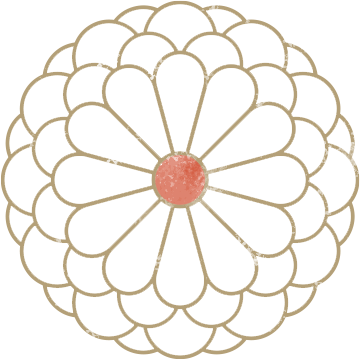
What is Dewa Sanzan Shrine? History and Origin

Dewa Sanzan Shrine is a Shinto shrine with three mountains as its deities: Mt. Founded in 593 A.D., the three mountains have a history of more than 1,400 years and are known as sacred places for Shugendo, a form of mountain asceticism that is representative of Japan. Each of the three mountains is believed to have its own deity: Mt. Haguro enshrines Awashima Myojin (Prince Hachiko), Gassan enshrines Tsukuyominomikoto, and Yudono enshrines Oyamazuminomikoto.
Hagurosan in particular flourished as the main entrance to the three mountains of Dewa, and many valuable cultural assets remain, including a five-story pagoda designated as a national treasure and a row of cedar trees estimated to be over 600 years old. In the past, Dewa Sanzan was also known as "the mountain of rebirth," attracting many ascetic practitioners and worshippers as a symbol of death and rebirth.
The Dewa Sanzan faith is a unique fusion of mountain worship, Shintoism, and Buddhism, and has been widely popular among the general public, with Dewa Sanzan ko (three mountain asceticism groups) still in existence in various locations. Although the separation of Shintoism and Buddhism during the Meiji period (1868-1912) forced a change in the beliefs, the mountains continue to attract many people today as a sacred place for Shugendo and as a tourist destination.
Hagurosan's solemn atmosphere and natural beauty are especially popular as a venue for Japanese-style wedding ceremonies, and are chosen as suitable for sacred vows.
World Heritage candidate
Valuable cultural heritage recognized as a Japanese Heritage site, with the aim of being registered as a World Heritage site in the future.
Sacred place of Shugendo
Sacred site that flourished as a center of Shugendo for over 1,400 years
Flavor of the Four Seasons
Enjoy the beauty of each season: cherry blossoms in spring, fresh greenery in summer, autumn leaves in fall, and snowy landscapes in winter.
Access to Dewa Sanzan Shrine
| address (e.g. of house) | 7, Aza-Temukai, Haguro-cho, Tsuruoka-shi, Yamagata 997-0292 |
|---|---|
| public transportation |
|
| Access by car |
|
| parking lot | Zuijinmon-mae Parking Lot】About 120 cars (free) 【Idea Culture Memorial Museum Parking Lot】About 40 cars (free) 【Hagurosan Summit Parking Lot】Total of about 400 cars (free) *Hagurosan toll road toll: 600 yen for standard cars, 1,000 yen for large cars, 1,400 yen for large special cars |
Detailed route to Dewa Sanzan Shrine
- BOARD A BUS BOUND FOR "HAGURO SUMMIT" FROM JR TSURUOKA STATION (PLATFORM 1).
- Get off at "Haguro Zuijinmon-mae" and walk about 50 minutes to the top of the mountain if you wish to visit the five-story pagoda.
- Or ride to "Haguro Summit" and visit Sanjin Gosai-den and other shrines (about 53 minutes).
- The "Tsurugaoka One-Day Unlimited Ride Pass" is convenient.
Hagurosan can be visited all year round, but the stone steps will not be cleared of snow in winter.
Please contact Shonai Kotsu (TEL: 0235-22-2608) for a detailed timetable.
| name | Dewa Sanzan Shrine |
|---|---|
| OFFICIAL HP | http://www.dewasanzan.jp/ |
| Available Time for Ceremony | 10:00, 14:00 |
| parking lot | having |
| Dates not available for weddings | Event days |
| First Fees (Ceremony Fee) |
150,000 yen |
| Number of people allowed to attend | 32 persons |
| dressing room | nil |
| waiting room for one's relatives | having |
| enshrined deity | Hagurosan: Inakura Tamanomikoto; Tsukiyama: Tsukuyomi Mikoto; Yudenyama: Oyamazuminomikoto, Okuninomikoto, and Shohikonomikoto |
| date of establishment (e.g. of a company or school, etc.) | Founded in 593 A.D. by Prince Hachiko during the reign of Emperor Sohshun |
| Designation of Cultural Properties | The five-story pagoda on Mt. Haguro is a national treasure. The three mountains of Dewa are sacred sites of Shugendo as "mountains of rebirth. |
| thing to note |
|
Iwate Prefecture Shrines and Temples
The shrines and temples of Iwate Prefecture, including the cultural heritage site of Hiraizumi, are majestic spaces where natural beauty and long history are in harmony. Chuson-ji and Motsu-ji, both registered as World Heritage sites, are among the most prestigious and traditional shrines and temples in the Tohoku region, making for a special day out.
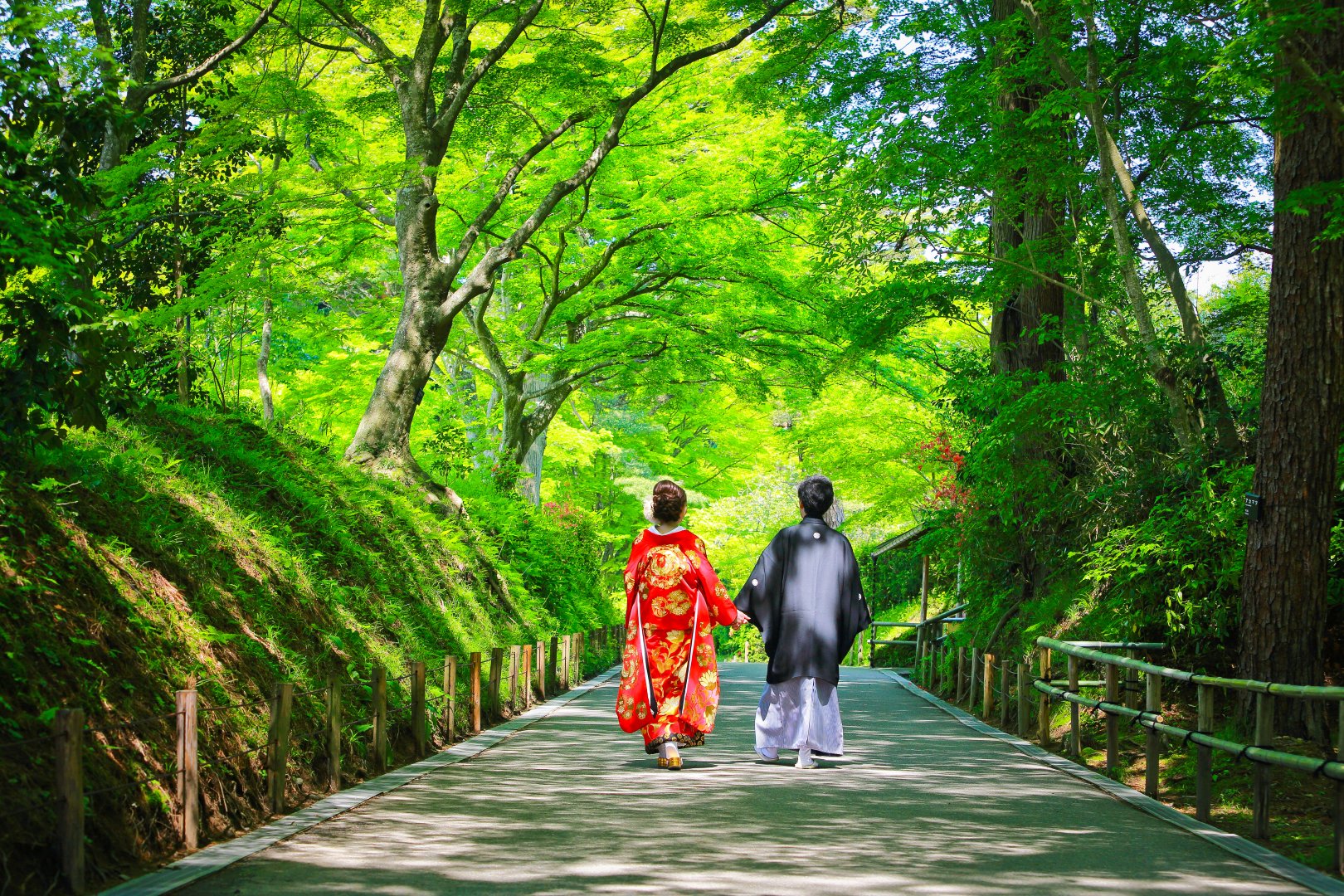
Chusonji Temple
A famous temple in Hiraizumi known for Konjikido, registered as a World Heritage site.
中尊寺|和装結婚式詳細
Moetsuji Temple
A World Heritage Site with a beautiful Pure Land Garden from the Heian Period. A Buddhist ceremony in a solemn space decorated with the natural beauty of the four seasons.
毛越寺|和装結婚式詳細Shrines and Temples of Miyagi Prefecture
Miyagi Prefecture, where Date culture is still alive, is home to Aoba Shrine and Zuiganji Temple, both associated with the Sendai clan, and Shiogama Shrine on Matsushima, one of the three most scenic spots in Japan, Miyagi Prefecture is dotted with shrines and temples that are historically and culturally important. These traditional and prestigious settings make for memorable wedding ceremonies.
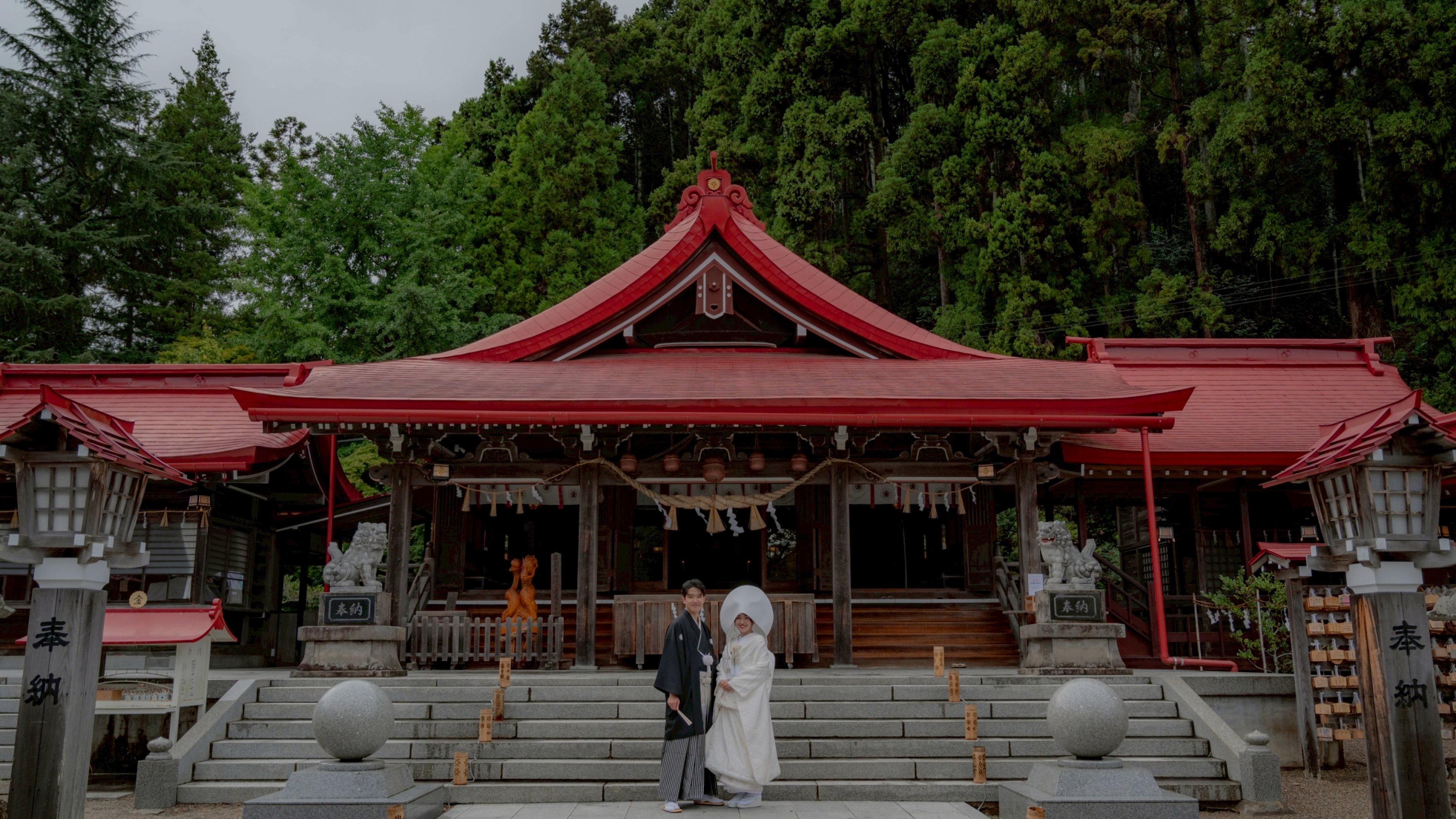
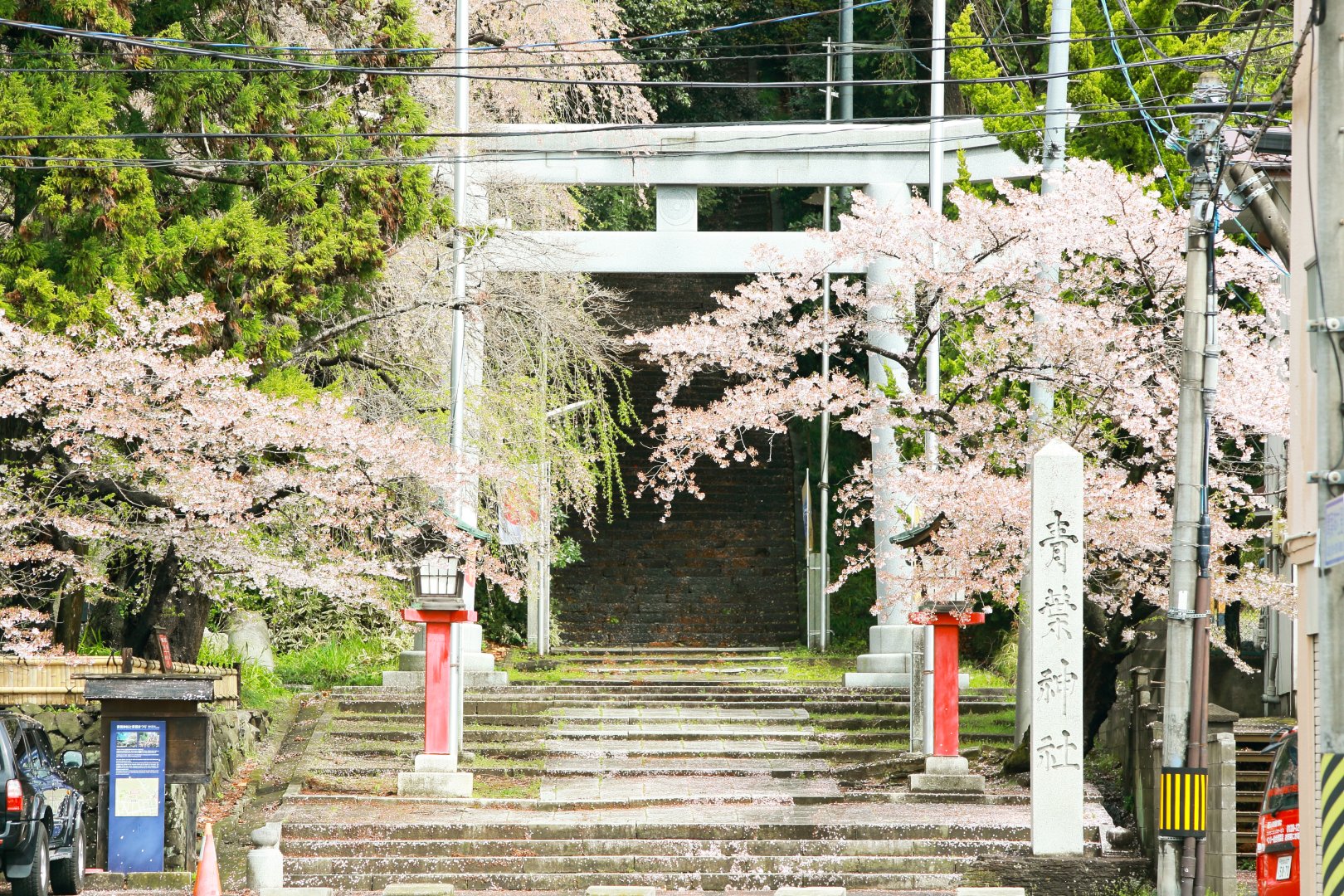
Aoba Shrine (the outer shrine of Aoba Shrine)
A shrine dedicated to Lord Date Masamune, located on a hill above the ruins of Sendai Castle. Although located in the heart of the city, a prestigious Shinto ceremony is held in a lush green setting.
青葉神社|和装結婚式詳細
Atago Shrine
This historic shrine sits on a hill overlooking the city of Sendai. It is well-loved by the local people because of its location.
愛宕神社|和装結婚式詳細
Miyagi Gokoku Shrine
A historic shrine located in Aoba Ward, Sendai City. A solemn Shinto ceremony is held in a quiet environment.
宮城縣護國神社|和装結婚式詳細
Osaki Hachimangu Shrine
This shrine is associated with the Date family and has a shrine pavilion designated as a national treasure. A Shinto ceremony is held in a prestigious, traditional style.
大崎八幡宮|和装結婚式詳細
Sendai Toshogu Shrine
Toshogu Shrine features gorgeous decorations enshrining Ieyasu Tokugawa. A prestigious wedding ceremony in the grounds surrounded by nature in each of the four seasons.
仙台東照宮|和装結婚式詳細
Shiogama Shrine
This historic shrine is located in Shiogama in Matsushima, one of the three most scenic spots in Japan. It enshrines the god of the sea and is revered as a god of good fortune.
鹽竈神社|和装結婚式詳細
Takekoma Shrine
The head shrine of Inari Shrine, of which there are approximately 280 throughout Japan. It is a shrine with a long history, known for its blessings for prosperous business and family safety.
竹駒神社|和装結婚式詳細
Howaoka Tenmangu Shrine
A shrine dedicated to Sugawara Michizane, the god of learning. It is easily accessible from Sendai Station and offers a quiet space in the city for weddings.
榴岡天満宮|和装結婚式詳細Zuiganji Temple, Matsushima
Zuiganji Temple, located in the center of Matsushima, one of the three most scenic spots in Japan, is also known as a temple associated with feudal lord Date Masamune, Zuiganji Temple is also known as a temple associated with Date Masamune, and is home to a number of national treasures and important cultural properties. A Buddhist ceremony in this solemn historical setting is an exceptional experience.
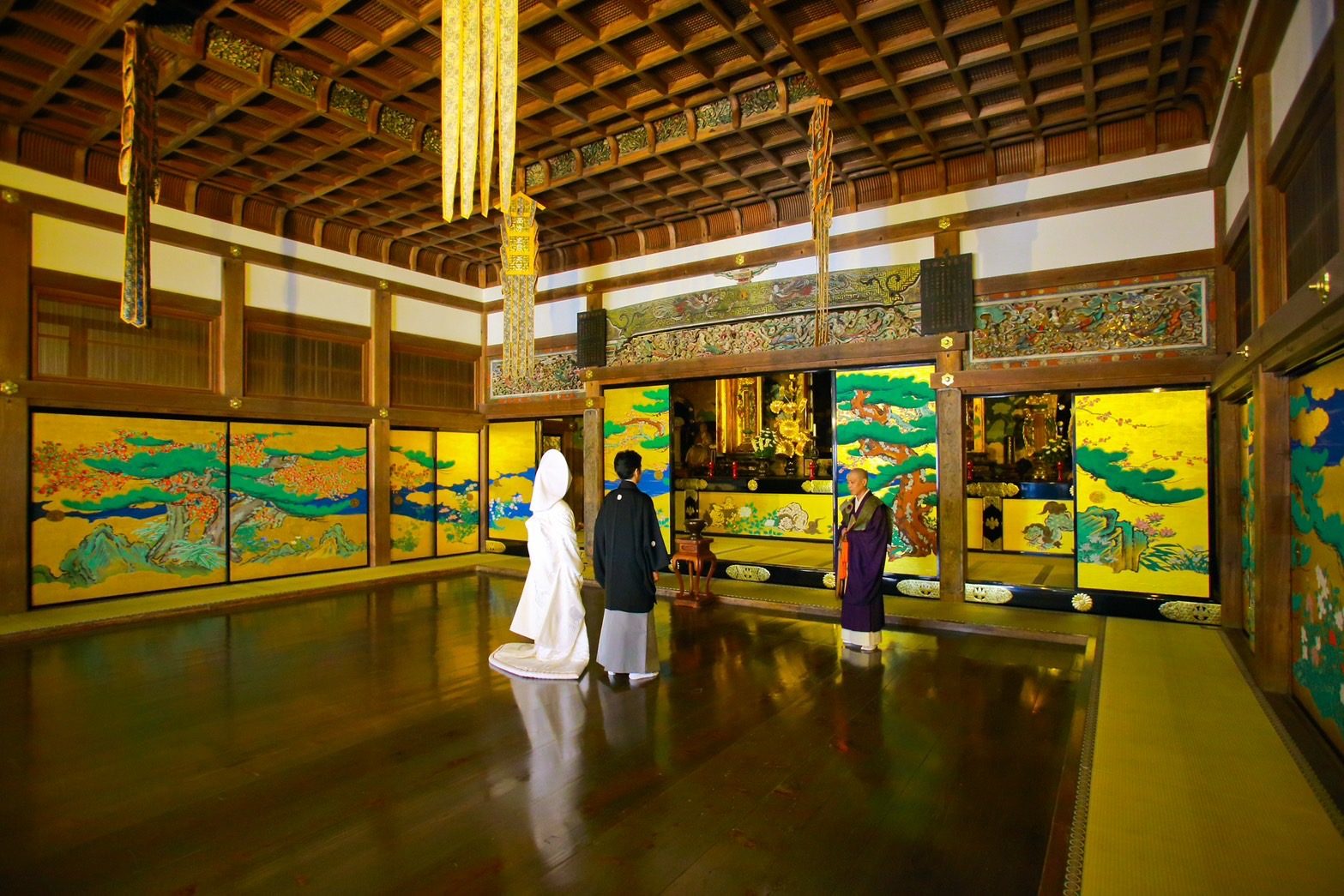
Zuiganji Temple
A temple of the Rinzai sect located in the center of Matsushima. Known as a temple associated with Date Masamune, it holds many national treasures and important cultural properties.
瑞巌寺|和装結婚式詳細Yamagata Prefecture Shrines and Temples
Yamagata Prefecture is a treasure trove of Shinto shrines and Buddhist temples, such as the Dewa Sanzan and shrines associated with the Uesugi family, where spiritual culture and history are deeply intertwined. We invite you to experience a traditional Japanese wedding in a solemn setting in harmony with the natural beauty of the four seasons.
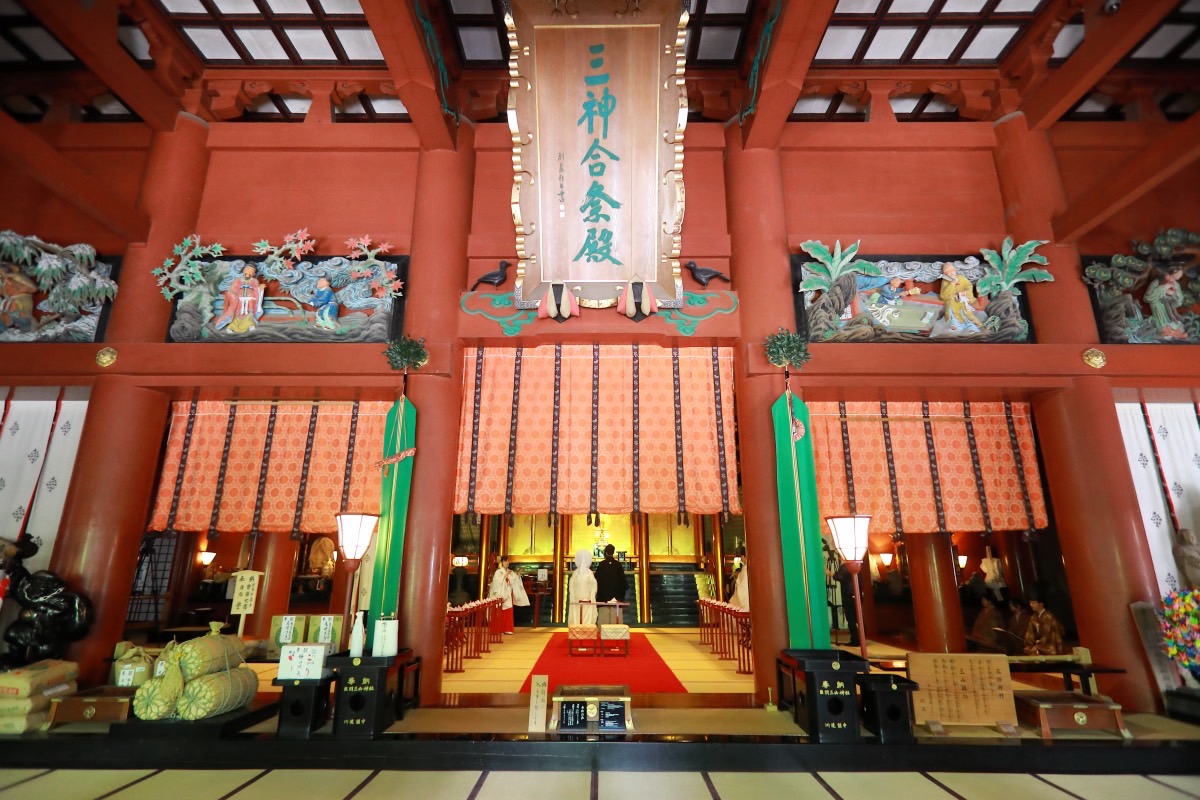
Dewa Sanzan Shrine
Tsukiyama, Haguro, and Yudono, the sacred site of Shugendo. Shinto ceremonies are held in a mystical space where nature and faith merge.
出羽三山神社|和装結婚式詳細
Shonai Shrine
The shrine is revered by the people of the region as the chief guardian of the Shonai area. A traditional Shinto ceremony is held in a solemn atmosphere.
荘内神社|和装結婚式詳細
Suwa Shrine
A historic shrine located in the center of Yamagata City. It is well-loved by local residents and surrounded by beautiful nature throughout the four seasons.
諏訪神社|和装結婚式詳細
Uesugi Shrine
The shrine is dedicated to Kenshin Uesugi, the feudal lord of Yonezawa. A formal Shinto ceremony can be held in the solemn precincts where pine trees thrive.
上杉神社|和装結婚式詳細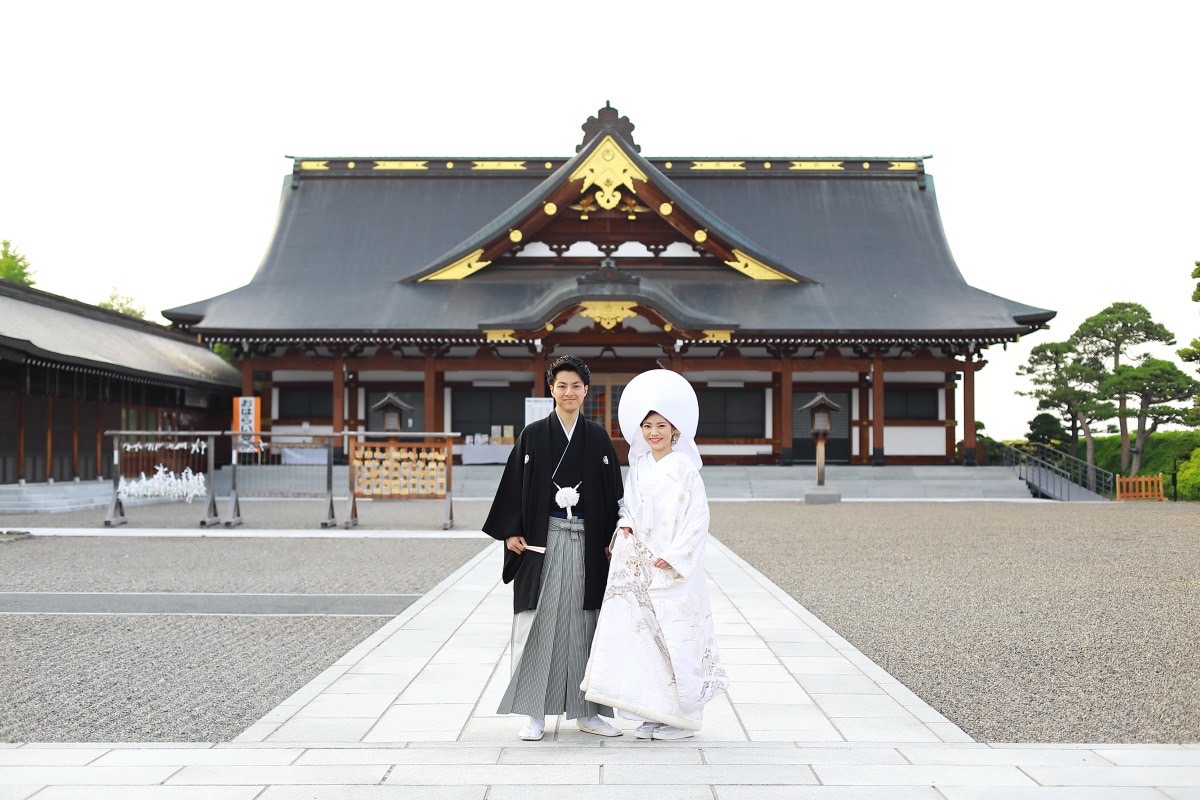
Yamagata Gokoku Shrine
A solemn shrine located in Kasumigajo Park in Yamagata City. A prestigious Shinto ceremony is held in a tranquil environment in harmony with the surrounding nature.
山形県護国神社|和装結婚式詳細Inquiries about weddings at Dewa Sanzan Shrine
If you have any questions or concerns about a prestigious wedding ceremony at Dewa Sanzan Shrine,
Please feel free to contact us using the form below or by phone.
Our professional wedding planners will be happy to assist you.
Contact us by phone: 022-794-7720
(Hours: Weekdays 10:00-18:00)
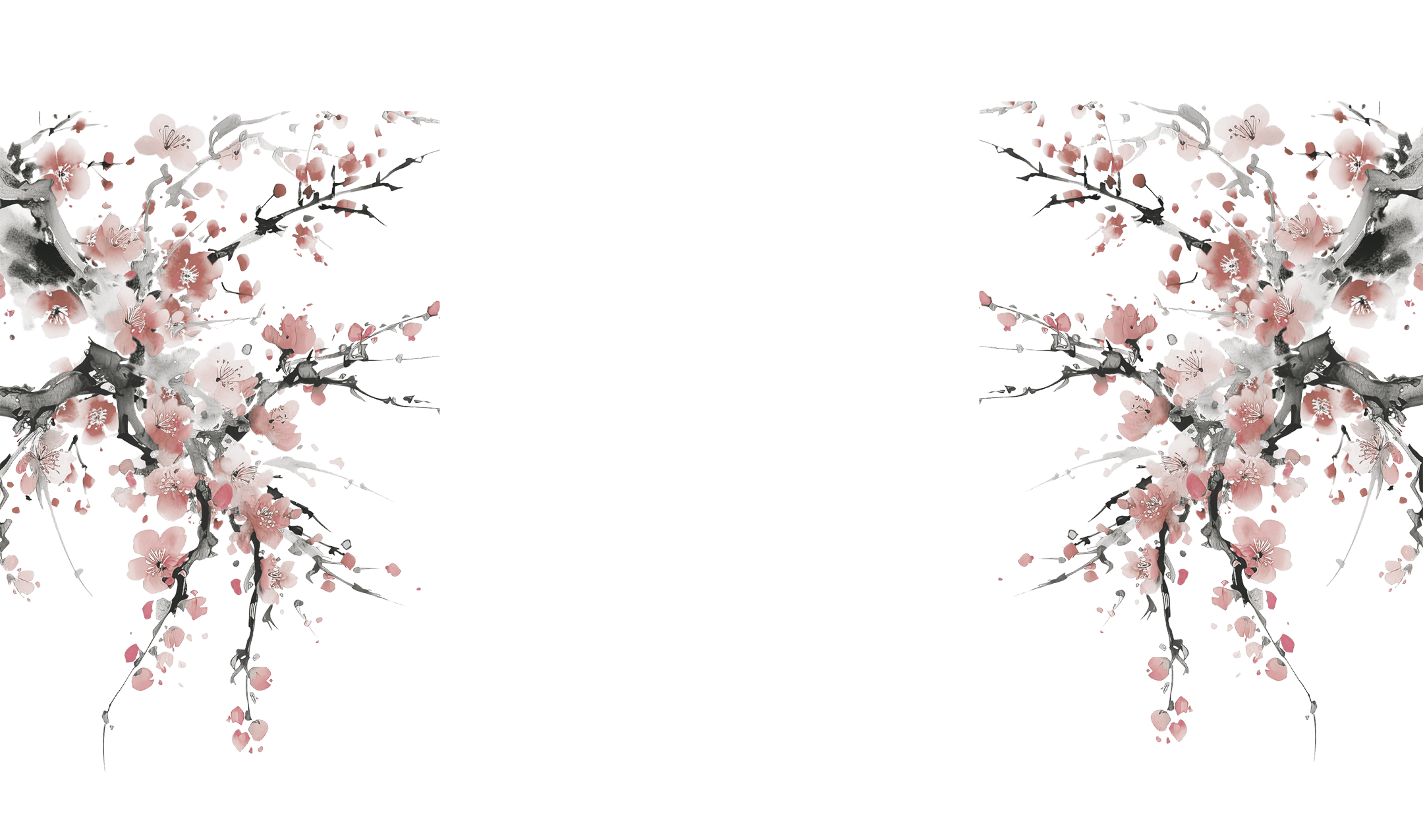
Timeless Traditions,
Endless Love
Clad in tradition,
A vow for the future.
